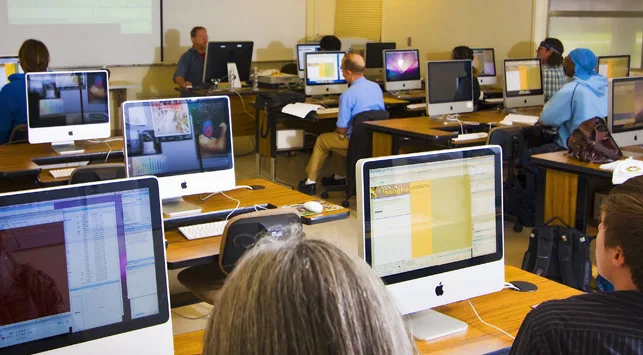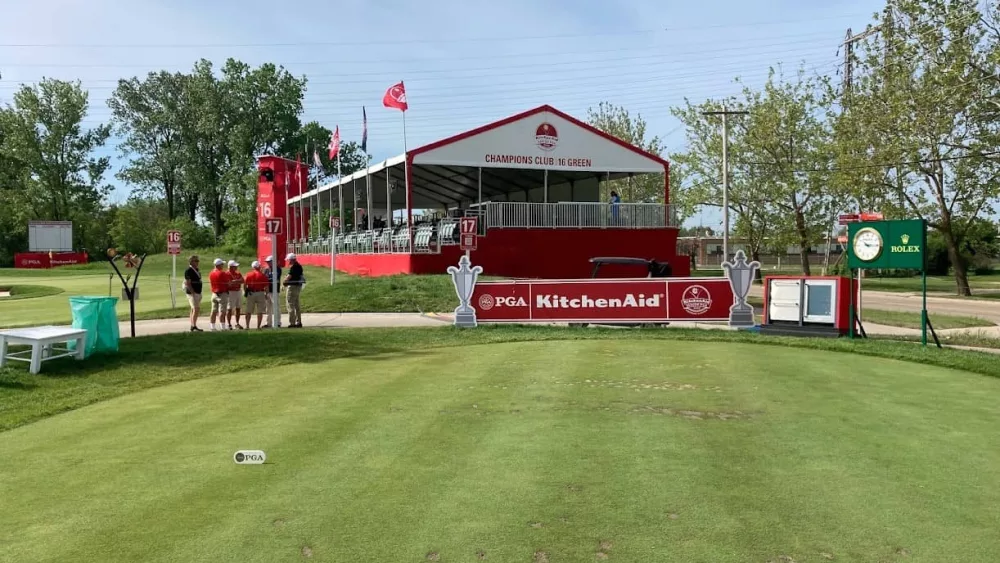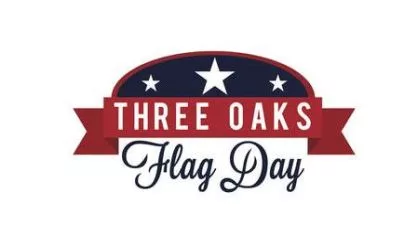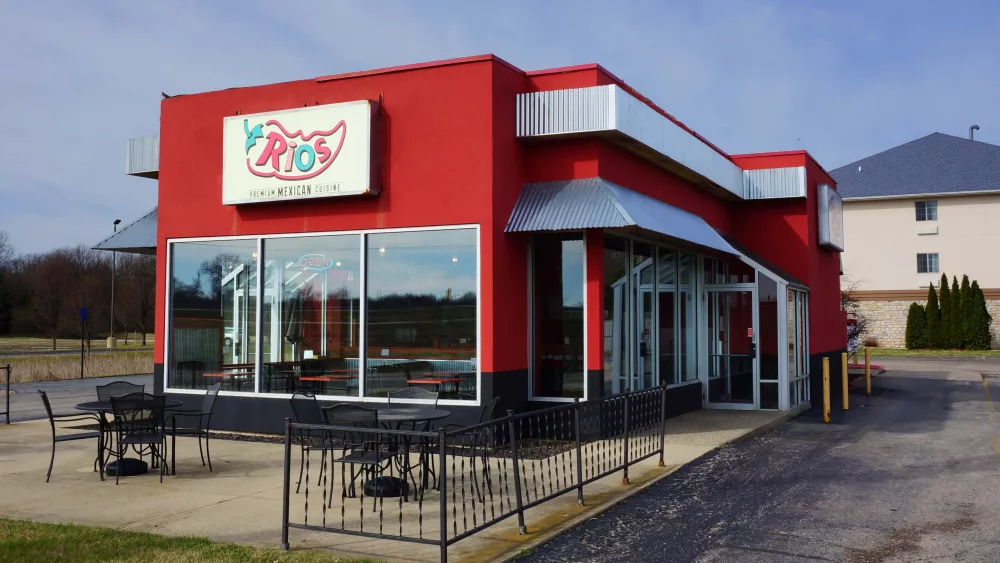If you are, or a member of your family is, engaged in Career & Technical Education programming to enhance your opportunity to gain a job in a high-paying technical position, there’s a chance you or they can now also obtain food assistance while the training continues.
The Michigan Departments of Labor & Economic Opportunity and Health & Human Services report that Michigan students in college Career and Technical Education programs returning to classes this fall are now eligible to receive food assistance if they meet other eligibility requirements.
The two state departments are encouraging students to apply for food assistance benefits online at this link: http://Michigan.gov/MIBridges
LEO and MDHHS sought and received federal approval for the new initiative – effective May 2020 – to address rising food insecurity among students in situations that have been made worse by COVID-19.
Close to 16,000 low-income college students in Michigan who are enrolled in Career and Technical Education (CTE) programs are eligible to receive food assistance benefits through the federal Supplemental Nutrition Assistance Program (SNAP).
LEO Director Jeff Donofrio tells us, “As Michigan CTE students are preparing for high-demand, critical job openings, they shouldn’t have to worry about how they’ll get their next meal,” and adds, “These SNAP benefits will help them focus on their educational needs and prepare for a successful future.”
Previously, college students enrolled in qualifying CTE programs who attended school at least half-time could not qualify for SNAP benefits, even if they met income eligibility requirements, unless they fell into certain categories such as working at least 20 hours per week, caring for a child, or being unable to work.
MDHHS Director Robert Gordon says, “MDHHS was already working to help more people put nutritious food on the table prior to the pandemic,” and adds, “COVID-19 made this priority even more critical. Due to the pandemic, many students lost their jobs. As a result, they lost their SNAP eligibility through no fault of their own.”
College students in Michigan are now eligible for SNAP if they meet income and other program requirements and are enrolled at least half-time in an occupational program that leads to employment under the Strengthening Career and Technical Education for the Twenty-First Century Act of 2018 known as Perkins V.
Mike Hansen, President of the Michigan Community College Association, says, “Expanding access to SNAP is a huge benefit to students who are juggling their courses along with work, family and other obligations,” and concludes, “We’re grateful that MDHHS expanded access and is making it so much easier to apply for benefits on MI Bridges.”
The Perkins Post-Secondary Career and Technical Education Program provides funding to 28 community colleges, three public universities and one tribal college to support pathways to high-wage, high-skilled and in-demand careers that require less than a bachelor’s degree.
Those institutions offer more than 3,600 qualifying programs, offering a certificate or associates degree to careers in fields such as information technology, health care, hospitality and manufacturing. There are nearly 90,000 students enrolled in these programs in Michigan. Some of those students may already be receiving food assistance benefits, while others will become eligible for this new opportunity.
For anyone currently enrolled in a Perkins program with an existing food assistance case who has experienced a loss of income, their MDHHS caseworker will determine Perkins program status to ensure the benefits are correct.
Any Perkins student who wants to apply for food assistance should provide documentation from their school that outlines their major and program or course of study to assist in determining their eligibility for SNAP. Examples could include a proof of registration and a document showing their major, program, or course of study. A caseworker will use that information to determine eligibility.
Students interested in applying for food assistance can go to Michigan.gov/MIBridges. Verification of enrollment in a Perkins program must be provided by the student or may be requested from the post-secondary institution.
Learn more about the Perkins Post-secondary CTE Program at Michigan.gov/LEO-Perkins.






